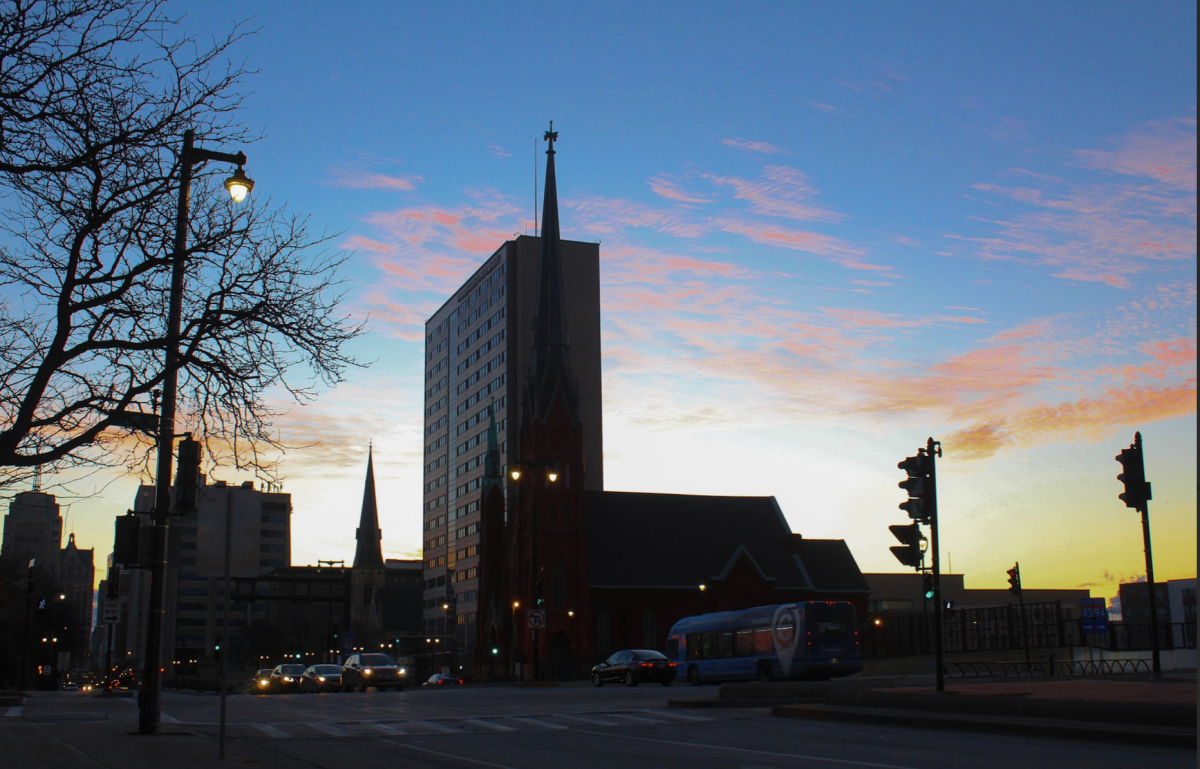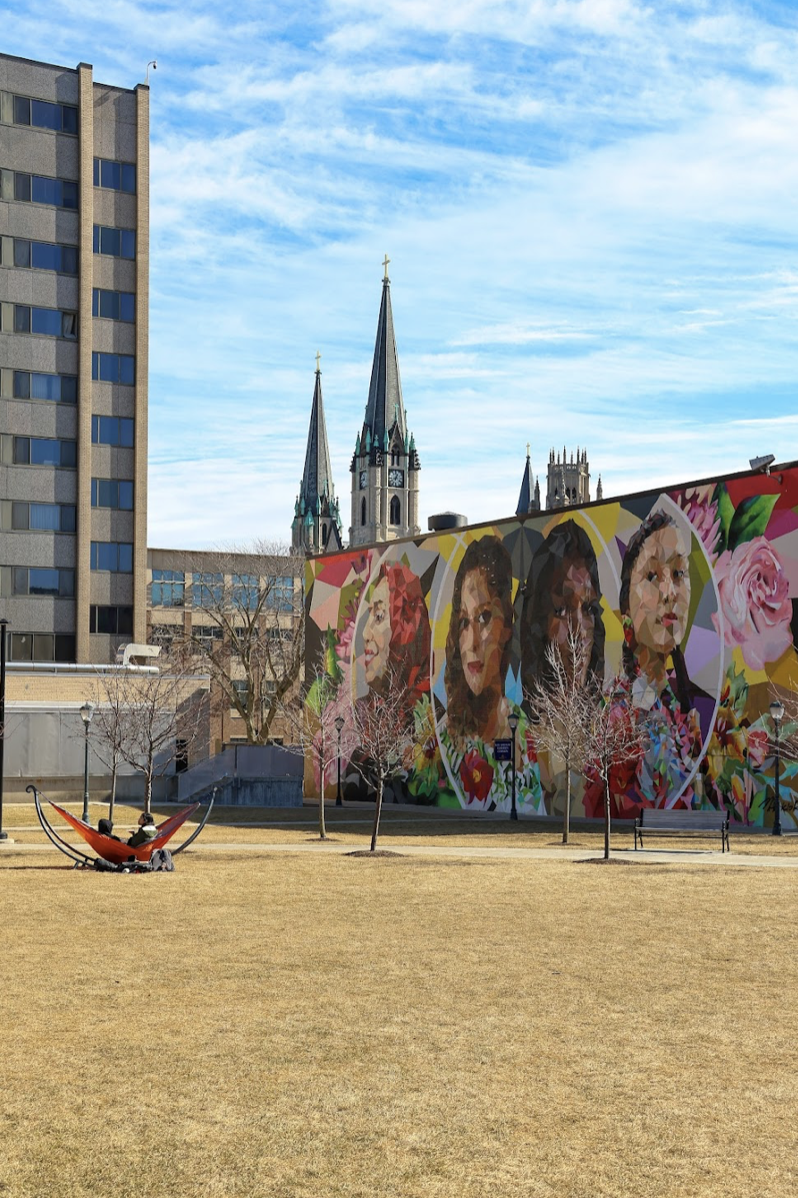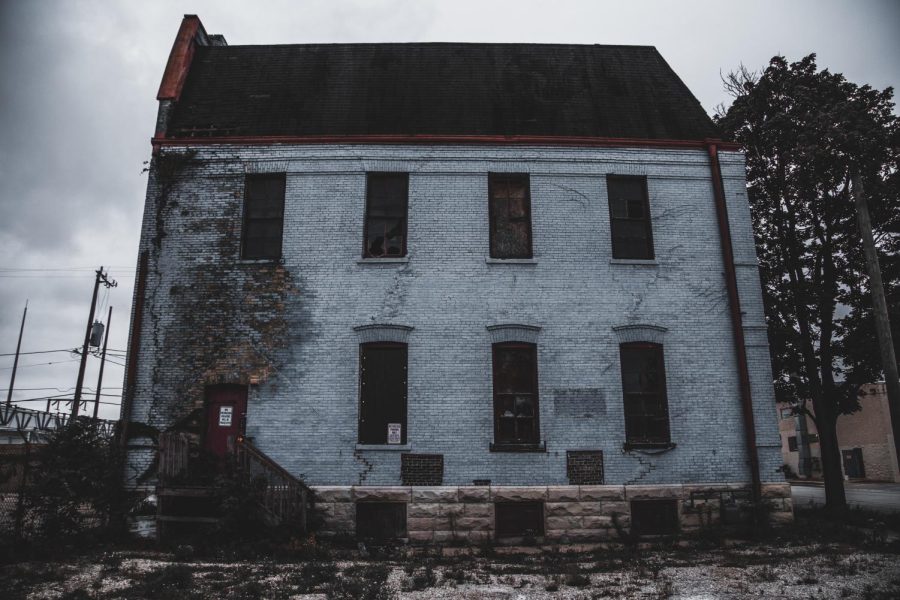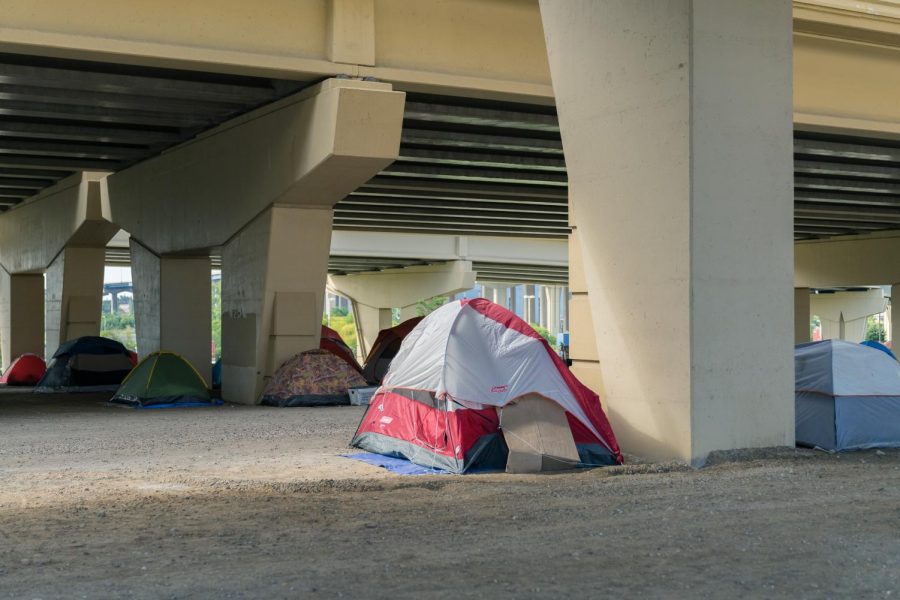The U.S. Census Bureau released a report last Thursday regarding the most recent poverty rates. Among the top 10 most impoverished big cities, Milwaukee ranks eighth with a poverty rate of 29.4 percent. The poverty rate is unchanged from last year, causing some experts to suggest the Milwaukee rate may have hit bottom.
“The poverty rate in Milwaukee began to climb years ago, as a result of deindustrialization,” said Bob Greene, a professor of social and cultural sciences at Marquette. “Over time poverty in Milwaukee became more persistent and concentrated.”
“In 1970, there were only 12 census tracts with high poverty rates,” Greene continued. “By 1990 that number had quadrupled to 54. Some of those census tracts showed poverty rates exceeding 40 percent, meaning that in a particular census tract, over 40 percent of the residents lived below the poverty line. Today that would mean that a family of four was functioning on less than $23,000 a year.”
A census tract, also referred to as a census area or district, is a geographical region defined for the purpose of taking a census. Usually several census tracts exist within a county.
Poverty is defined by the U.S. Census Bureau using a system of measurements of a family’s total income compared with the income threshold of that family, which is based on their needs.
In Milwaukee in 2011, 171,500 people, including 67,229 children, were reported to live in poverty. The rate of children living in poverty dropped from 46.1 percent in 2010 to 43 percent in 2011. Among minorities in Milwaukee, 41 percent black and 35 percent Hispanic residents were living in poverty.
“Some of these problems will not go away as long as the unemployment rate in Milwaukee remains high,” Greene said. “It usually is double the national average rate and particularly troublesome for people of color. At this point, I don’t foresee any improvements to the situation. It would take a concerted effort on the part of businesses and city-wide initiatives. Given that the poverty rate has risen over time rather than declined, it is hard to be optimistic.”
In May 2011, Milwaukee’s unemployment rate was 10.7 percent. Specifically for black men living in the city, the rate of unemployment was 34 percent.
Statewide, the rate of poverty has remained unchanged over the past two years, at 13 percent. According to the report, in Wisconsin in 2011, 725,797 people, including 236,730 children, were living in poverty.
The Rev. Thomas Hughson, associate professor emeritus of theology, has suggestions for students hoping to make a difference in Milwaukee’s poverty rate.
“Students who want to do something,to take action about lowering the poverty rate in Milwaukee will need to recall the axiom, ‘By myself I can’t do much, but organized we can do a lot.’ Marquette students could form an association with a common interest in doing something about the poverty rate,” Hughson said.
“The already existing and active association at Marquette, Common Ground, is a campus resource with expertise in community organizing and … taking action on behalf of the marginalized,” he said.
“A student association with some staying power could form coalitions with other urban groups such as Milwaukee Inner-City Churches Allied for Hope and Common Cause.”











